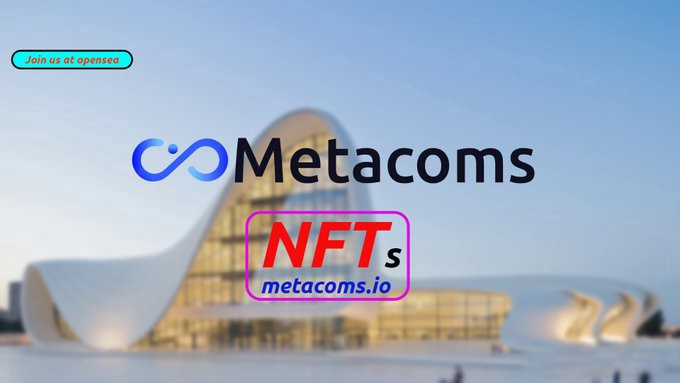Edgecoin: Our Internal Blockchain for Founders
Today, we’re announcing Edgecoin — a private, permissioned blockchain we use as a ledger of record for founders. We started testing Edgecoin in early 2015 with founders in our portfolio and are now announcing it publicly as we begin scaling up the base of people using Edgecoin.
Why We Built Edgecoin
It takes a village to raise a company. From introducing a company to their first investors to helping with hiring and customer leads, each milestone in a company’s life is often the result of the help and guidance of other founders, friends, investors, operators, and advisers. Many of these interactions go unnoticed. As a starting point, we built Edgecoin, a private cryptocurrency ledger that maintains a secure, independently verifiable record of when one of our founders or advisors has signaled when we should be spending time with another seed-stage founder. The Edgecoin ledger serves as a basis of accounting for us, and as a tamper-proof record for Edgecoin holders.
How We Built Edgecoin
To our founders and advisers, Edgecoin is a web wallet, allowing a user to spend an Edgecoin on transfers of trust — which, today, is a recommendation of a company or talented entrepreneur that we should meet with. The Edge team schedules a meeting with a recommended company within 72 hours of when an Edgecoin is used.
To us, Edgecoin serves as a record of valuable ways our founders and advisers help us, allowing them to participate in the upside of successful companies. It also gives us a valuable dataset to observe how our network interacts, and to correlate these to a range of other outcomes of interest.
The Edgecoin codebase was forked from Litecoin with a few small modifications:
- Addresses begin with E instead of L
- Transactions require no fees (this is a non-publicly-writable blockchain, so no need to prevent spam)
- Block time is 1 minute
It runs on a few medium Amazon EC2 instances (for redundancy) behind a strict firewall, where only connections from the Edgecoin frontend machines to the RPC port are allowed in. We use the Litecoin daemon’s account feature to track user addresses, balances, etc. on one of the daemons, but every payment between two accounts uses the raw transaction protocol to create and broadcast a proper transaction.
The Edgecoin frontend servers handle most of the heavy lifting and business logic we’ve layered on top of the Edgecoin blockchain. Because of the relative infrequency (when compared to public blockchains) of Edgecoin transactions, we opted to show a feed of transactions sorted by time rather than blocks on the block explorer home page.
While spending edgecoins is by invite only, anyone can explore the Edgecoin blockchain using our public block explorer. The explorer serves as a publicly verifiable record of activity on the Edgecoin network, allowing anyone to observe and verify the details of a transaction.
If an Edgecoin holder wants to prove to others that they executed an edgecoin transaction, and show others the metadata (transaction message, website, etc.) associated with it, we will allow them to generate a string containing this data signed by the private key associated with the public key used in the transaction. If the Edgecoin holder sends this string to someone, the recipient can independently verify that the sender owns the address used in the transaction by checking the signature.
Edgecoins: For a More Diverse Network
Edgecoin also helps us broaden the network of underrepresented founders that our team meets with. As a starting point, in addition to the founders in our network, we’re excited to be partnering with Freada Kapor Klein, founder of the Level Playing Field Institute, and the team at Kapor Capital, to increase access to capital for more diverse founders. Freada and the Kapor Capital team will be able to use edgecoins to surface companies started by underrepresented founders, guaranteeing these founders direct partner meetings with Edge. If you’re interested in helping us with these efforts, get in touch.
PS: You can learn more about the products we build here, and about our interest in blockchains here and here.



Comments
Post a Comment